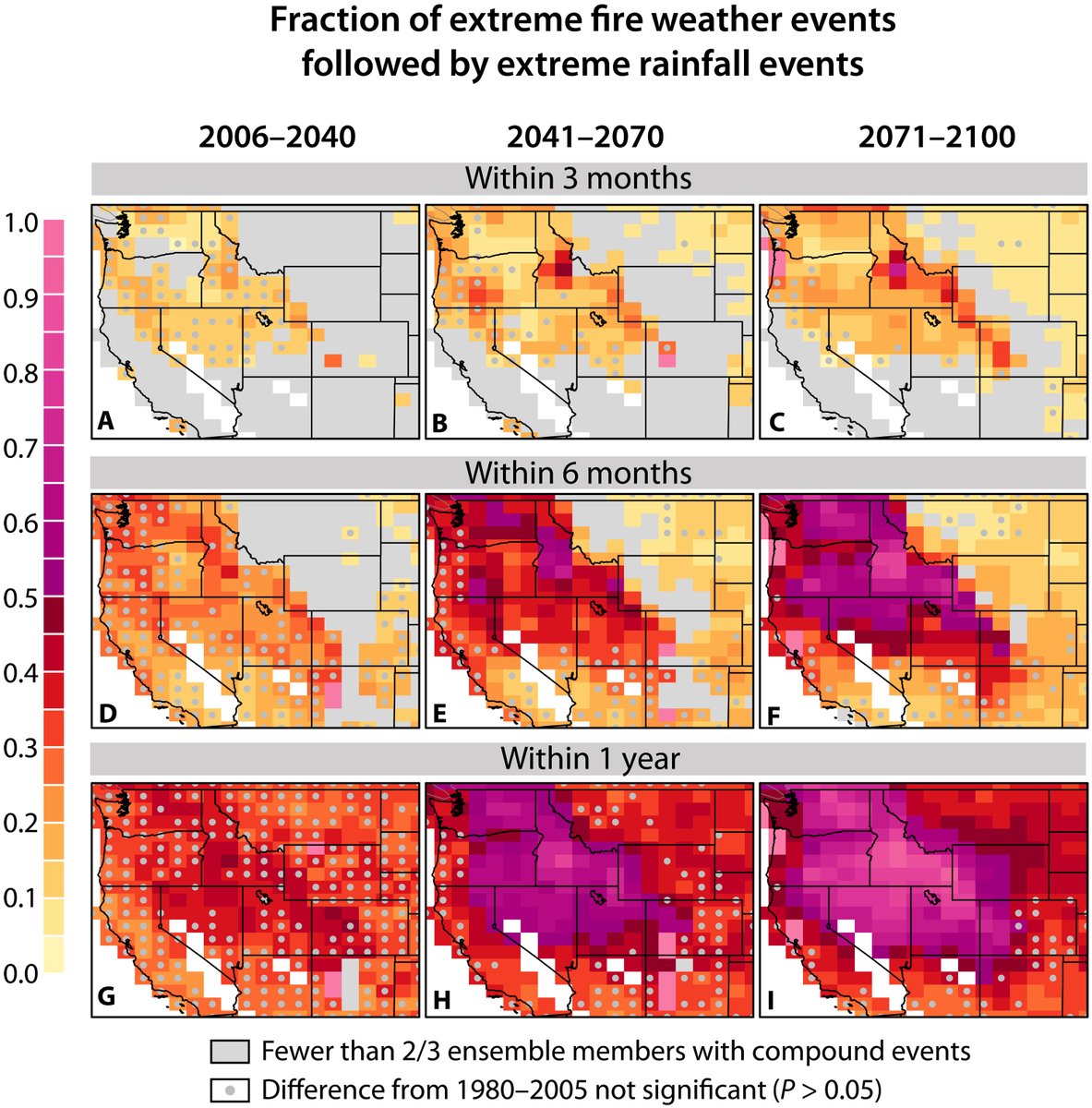
The coming week is shaping up to be a pretty crazy weather week in California, TBH--even more so than previously thought. Ongoing heatwave expected to be longer & peak even higher, & now we have potential influence of a soon-to develop hurricane to consider. (1/n) #CAwx #CAfire 

First, exceptional daytime & nighttime heat (plus high humidity) continues across SoCal today. Some places may see all-time record warmest overnight temps today. In northern California, much drier heat is building,& temperatures will continue to rise further for days. (2/n) #CAwx
Interior Northern California is now heading for a truly dangerous, searing heatwave. All-time September records are now all but guaranteed in the Central Valley (on multiple consecutive days!), and all-time (any month) records now appear well within reach. #CAwx #CAfire
Just 1-3 days in advance, models are spitting out eye-popping daily maxima in the Sacramento Valley in excess of 115F. These would be the singularly hottest temperatures ever recorded in this part of California. Believable? At this point, I don't know--but possibly. Yikes. (4/n) 

Even model ensembles are depicting downright shocking temperatures in Sacramento. 4-5 consecutive days above 110F are possible. That has never happened before in this part of CA, and I am seriously concerned about human health & power grid integrity if it transpires. (5/n) #CAwx 

The only potential "saving grace" here is a potentially grim one--if this heatwave kicks wildfire activity into high gear, which is possible, smoke could mitigate daytime high temperatures somewhat (but could also make the nights even hotter). #CAwx #CAfire (6/n)
These extreme temperatures will make outdoor work dangerous this week, & that includes wildland firefightning crews. At this level of heat, it will be difficult for crews (wearing & carrying heavy gear) to safely engage with fires--which may adversely affect IA. #CAfire (7/n)
This extreme heat is also going to last a really long time--things may not really cool down until Fri/Sat (next weekend). Which brings me to the next notable thing...the wildly varying predictions surrounding the remnants of a soon-to-develop East Pacific hurricane. #CAwx (8/n)
The key thing I want to emphasize is that the incredible heat event is likely to be the higher-impact weather event this week, but depending on how things evolve, the tropical remnant potential could *potentially* also have major impacts. (Details below). #CAwx (9/n)
There is presently an incipient low pressure system off the Pacific coat of Mexico that is expected to develop into a hurricane later this week. Model ensembles are in strong agreement that it will take a northwestward path largely parallel to Baja California. #CAwx (10/n) 

There is very large uncertainty regarding what the by-then former does after that, although it will certainly be weakening rapidly by Fri/Sat as it approaches SoCal. There are several possible scenarios for what this storm's remnants could bring: #CAwx (11/n)
Best case scenario? The hurricane's remnant swirl and moisture brings widespread light to moderate (and mostly stratiform) rain in SoCal with little lightning & minimal flash flooding. I'd put the odds of that around 10-15%. (12/n) #CAwx
Worst case scenario? Storm comes close enough to contribute strong/dry downslope winds across SoCal & enough elevated moisture/instability to generate dry t-storms across northern CA, but not close enough for significant rain. Fire weather nightmare. Odds? 10-15%. (13/n) #CAwx
Another possible outcome, falls somewhere in between. Portions of SoCal see decent scattered tropical downpours & thunderstorms, with some localized flash flooding. NorCal stays dry, but with some modest risk of dry lightning and associated fire concerns. Odds? 20-30%. #CAwx
Finally, it's entirely possible that these tropical remnants mostly miss California to SW or E, and CA sees mainly some pretty mid- & high-level clouds for few days (along with some isolated thunderstorms). This is, attm, probably the single likeliest outcome--30-40% odds. #CAwx
One thing I want to make crystal clear: despite what misleading news headlines will inevitably read this week, a hurricane *will not* hit California this week. Full stop. Its remnants may cause some unusual and potentially significant weather, but that is *very different.* #CAwx
(Doing some "pre-bunking" here.)
Finally, given the magnitude and complexity of extreme weather in California this week, I'll plan to have another live Twitter Spaces session on Tuesday. Stay tuned for details. #CAwx
• • •
Missing some Tweet in this thread? You can try to
force a refresh










